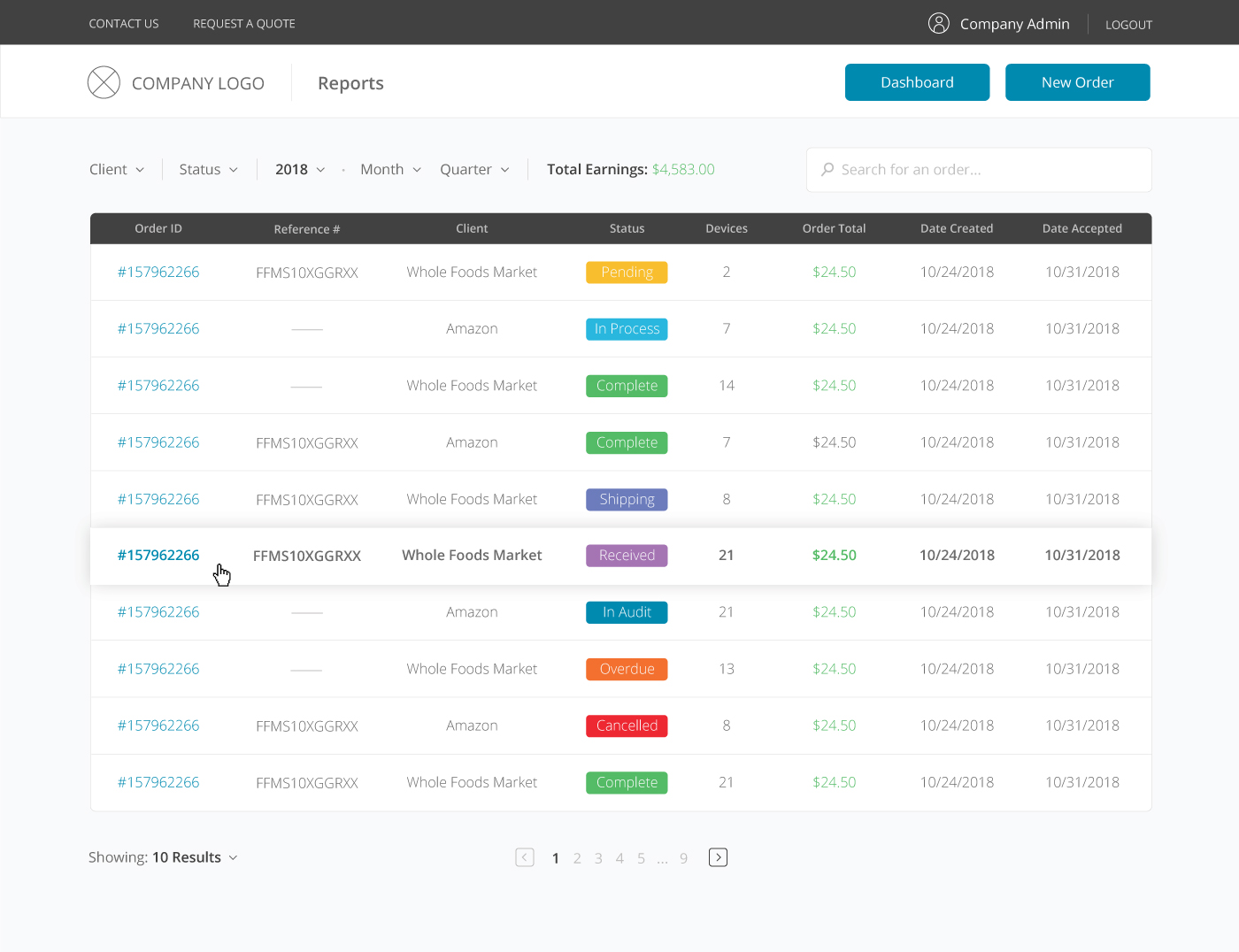

- #Second life dashboard upgrade
- #Second life dashboard code
- #Second life dashboard simulator
Presence, in particular Agent Presence, ie are you online and where are you on the grid, is a particularly tricky kind of query to partition, so there is now a Python service running on the SL grid called Backbone. Certain services has been moved off of MySQL – or cached (Squid) between the queries and MySQL. Linden Lab has converted much of their backend architecture away from custom C++/messaging into web services. The good thing is that UUIDs– 128-bit unique identifiers – are associated with most things in Second Life, so partitioning is generally doable. Rather than attempt to build the one, impossibly large database – all hail the Central Database – or one, impossibly large central cluster – all hail the Cluster – Linden Lab instead adopted a divide and conquer strategy based around data partitioning. They use a ton of MySQL databases running on Debian machines to handle lots of centralized services. Second Life has started with One Database, and have subsequently been forced into clustering. Class 1 - 4 are on 100Mb with 1Gb uplinks to the core.
#Second life dashboard upgrade
The upgrade to "class 5" servers doubled the RAM per machine from 2GB to 4GB and moved to a faster SATA disk.Used all-AMD for years, but are moving from the Opteron 270 to the Intel Xeon 5148.4 sims per machine, for both class 4 and class 5.Mulib is a REST web service framework built on top of eventlet.
#Second life dashboard code
It achieves high scalability by using non-blocking io while at the same time retaining high programmer usability by using coroutines to make the non-blocking io operations appear blocking at the source code level.
 Eventlet is a networking library written in Python. Scripting has been recently upgraded to the much faster Mono scripting engine. Runs Linden Scripting Language (LSL) scripts. Sends updates to viewers only when needed (only when collision occurs or other changes in direction, velocity etc.). Transmits image data in a prioritized queue. Keeps track of where everything is and does collision detection. Handles storing object state, land parcel state, and terrain height-map state. If it can't keep up, it will attempt time dialation without reducing frame rate.
Eventlet is a networking library written in Python. Scripting has been recently upgraded to the much faster Mono scripting engine. Runs Linden Scripting Language (LSL) scripts. Sends updates to viewers only when needed (only when collision occurs or other changes in direction, velocity etc.). Transmits image data in a prioritized queue. Keeps track of where everything is and does collision detection. Handles storing object state, land parcel state, and terrain height-map state. If it can't keep up, it will attempt time dialation without reducing frame rate. #Second life dashboard simulator
As the viewer moves through the world it is handled off from one simulator to another. The Simulator is the primary SL C++ server process which runs on most servers.
 Gets velocities and does simple physics to keep track of what is moving whereĮach geographic area (256x256 meter region) in Second Life runs on a single instantiation of server software, called a simulator or "sim." And each sim runs on a separate core of a server. At any one time probably 1/3 of the team is on infrastructure, 1/3 is on new features and 1/3 is on various maintenance tasks (bug fixes, general stability and speed improvements) or improvements to existing features. "about 22 are programmers working on SL itself. ~12Gbit/sec aggregate bandwidth (in 2007). ~70K peak concurrent users (40% annual growth). Second Life: A Guide to Your Virtual World. InformationWeek articles ( 1, 2) and blog. What happens when video games meet Web 2.0? What happens is the metaverse. Especially important is the appearance of open virtual worlds or metaverses. Virtual Worlds are expected to be more and more popular on the internet so their architecture might be of interest. Second Life is a 3-D virtual world created by its Residents. Ian presents how the architecture was at its debut and how it evolved over years as users and features have been added. Ian Wilkes, VP of Systems Engineering, describes the architecture used by the popular game named Second Life. Update: Presentation: Second Life’s Architecture.
Gets velocities and does simple physics to keep track of what is moving whereĮach geographic area (256x256 meter region) in Second Life runs on a single instantiation of server software, called a simulator or "sim." And each sim runs on a separate core of a server. At any one time probably 1/3 of the team is on infrastructure, 1/3 is on new features and 1/3 is on various maintenance tasks (bug fixes, general stability and speed improvements) or improvements to existing features. "about 22 are programmers working on SL itself. ~12Gbit/sec aggregate bandwidth (in 2007). ~70K peak concurrent users (40% annual growth). Second Life: A Guide to Your Virtual World. InformationWeek articles ( 1, 2) and blog. What happens when video games meet Web 2.0? What happens is the metaverse. Especially important is the appearance of open virtual worlds or metaverses. Virtual Worlds are expected to be more and more popular on the internet so their architecture might be of interest. Second Life is a 3-D virtual world created by its Residents. Ian presents how the architecture was at its debut and how it evolved over years as users and features have been added. Ian Wilkes, VP of Systems Engineering, describes the architecture used by the popular game named Second Life. Update: Presentation: Second Life’s Architecture.







 0 kommentar(er)
0 kommentar(er)
